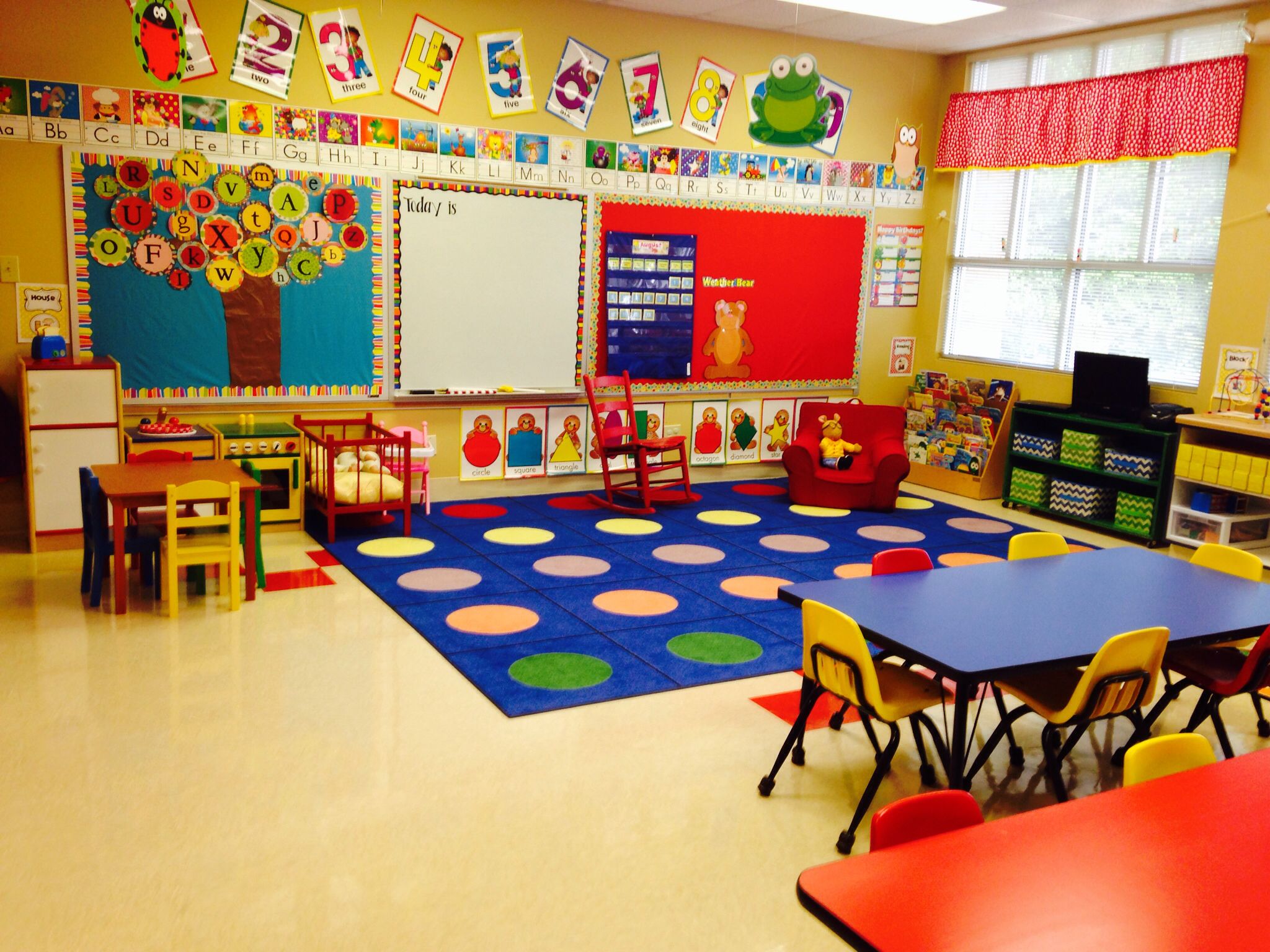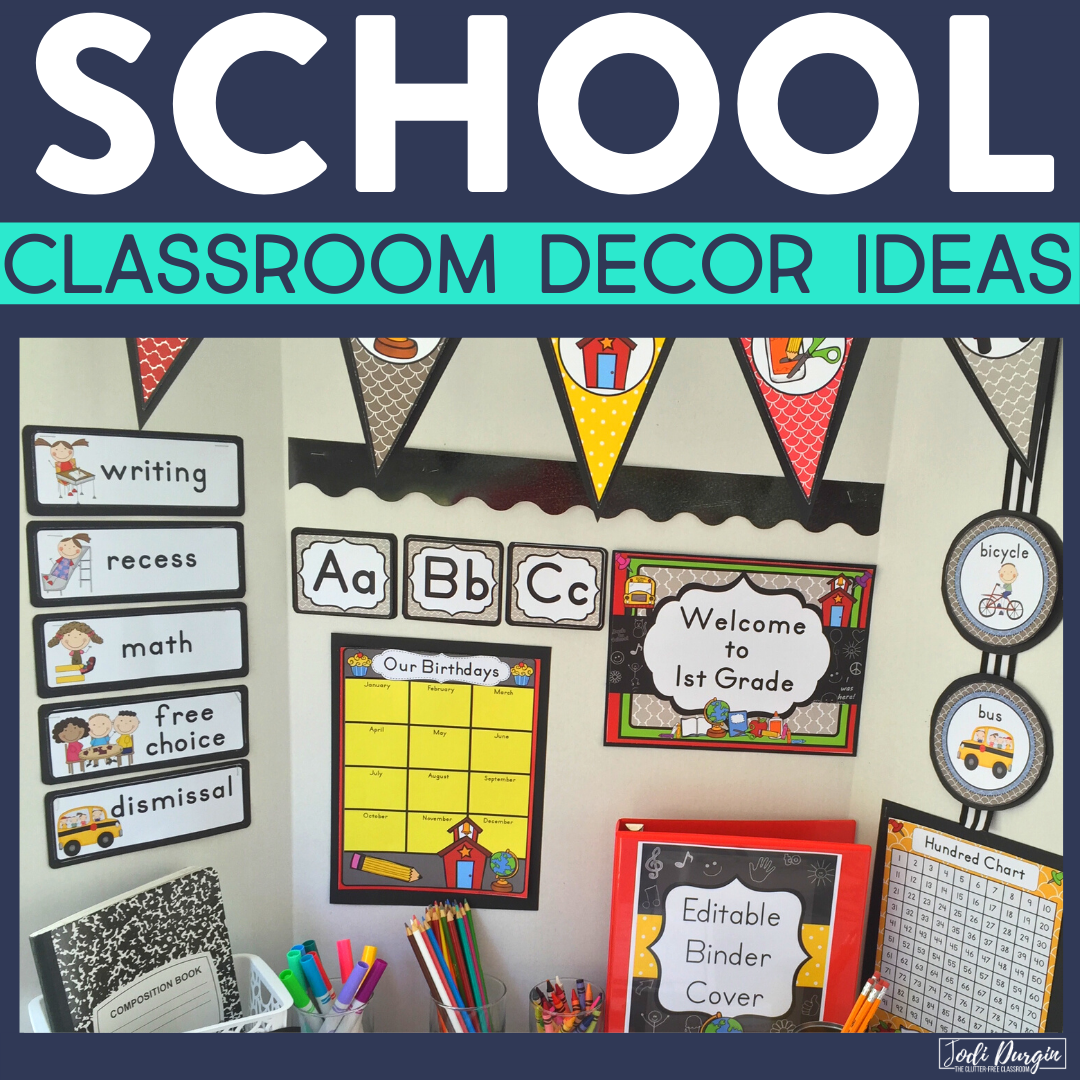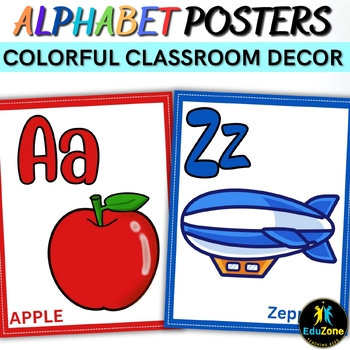5 Ways Classroom Decor Boosts Learning and Engagement

Classroom decor is more than just an aesthetic choice; it plays a pivotal role in the learning process. From motivating students to organizing educational materials, every element of a classroom's design can have a significant impact on engagement and learning outcomes. Here's how thoughtful classroom decoration can transform your educational environment:
1. Creating an Inviting Atmosphere


The atmosphere in a classroom sets the tone for learning. A well-decorated room can foster a sense of:
- Comfort: Soft colors, comfortable seating, and cozy corners encourage students to feel relaxed, making them more receptive to new information.
- Welcoming: With bright colors, personalized touches, and student work displayed, students feel recognized and part of a community, reducing anxiety and boosting attendance.
- Curiosity: An environment filled with books, posters, and interactive displays can stimulate curiosity, encouraging students to explore and learn independently.
🌿 Note: Ensuring the decor reflects inclusivity can help in making every student feel valued and part of the learning environment.
2. Enhancing Organization

An organized classroom is a learning tool itself:
- Visual Cues: Using color-coded systems for subjects or areas within the classroom helps students understand where materials belong and where to find them. This visual organization reduces clutter, making the classroom feel more inviting and manageable.
- Accessibility: Shelves, cubbies, or trays designed to hold specific items not only keep the classroom neat but also make resources accessible for independent learning and project work.
- Flow: Arranging furniture to facilitate group work or individual study sessions can enhance learning flow, reducing the time spent on setup and transitions.
3. Stimulating Creativity and Imagination


Decor can act as a spark:
- Inspiration: Wall art, themed areas, and imaginative play zones can provide a constant source of inspiration, prompting students to think outside the box.
- Storytelling: Using murals or thematic decorations can transport students into different worlds, encouraging storytelling and language development.
- Art Integration: Displaying student art or incorporating art into the decor invites discussion and appreciation of creativity, reinforcing the value of arts in education.
4. Improving Focus and Attention

Studies suggest that certain colors and visual stimuli can help improve concentration:
- Calming Colors: Soft greens, blues, or neutrals can reduce stress levels, helping students focus better during lessons.
- Contrast: Using high contrast for educational material (like whiteboards or posters) against the classroom walls can draw attention to key learning points.
- Decluttering: Keeping the classroom free from unnecessary visual noise ensures that only the essential elements compete for students’ attention.
5. Fostering Positive Behavior

The decor of a classroom can influence students’ behavior:
- Positive Reinforcement: Motivational quotes or goal trackers can act as daily reminders of students’ aspirations, promoting a positive mindset.
- Expectations: A visually clear set of classroom rules or procedures can help in setting the tone for expected behavior without constant verbal reminders.
- Community Building: Decor elements that reflect student culture or achievements can create a sense of belonging, encouraging respectful and cooperative behavior among students.
Ultimately, classroom decor isn't just about making the space look good; it's about leveraging every aspect of the environment to enhance learning, engagement, and overall well-being. By understanding and applying these principles, educators can craft an educational space where students thrive.
How does color choice affect student behavior in the classroom?

+
Colors can influence mood, focus, and behavior. Warm colors like yellow can increase energy and creativity, while cool colors like blue can promote calmness and focus. Choosing the right colors can thus help in managing classroom dynamics.
What are some practical ways to incorporate student work into classroom decor?

+
Student work can be framed and hung on walls, used as backdrop for other displays, or even integrated into learning corners to celebrate achievements and motivate others.
Can classroom decor change with different subjects?

+
Absolutely. Thematic decorations can switch according to the subject being taught, creating an immersive learning environment that reinforces the topic at hand, like historical timelines for history or science charts for physics.
How often should classroom decor be updated?

+
Regular updates can keep the environment fresh. A good practice might be to align major updates with academic terms, seasonal changes, or significant school events while incorporating student work throughout the year.



